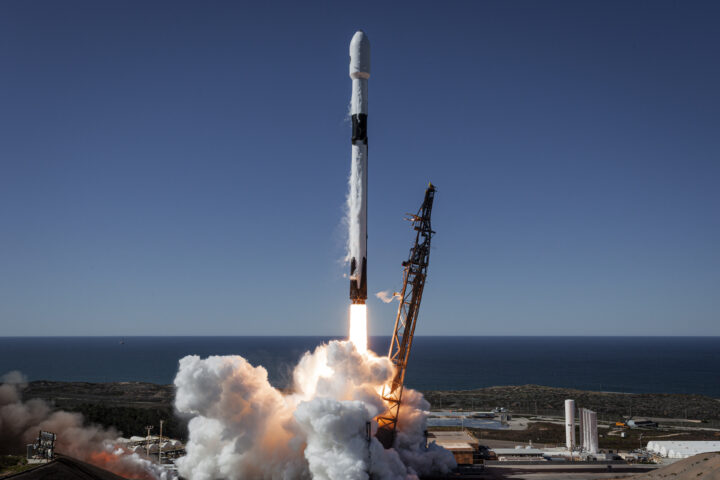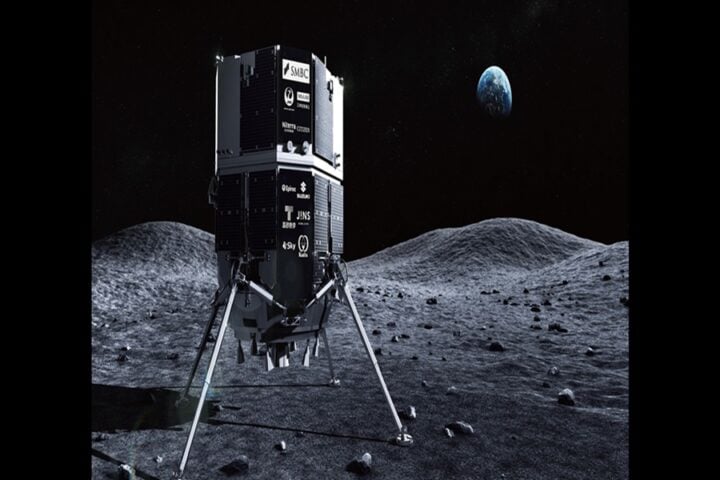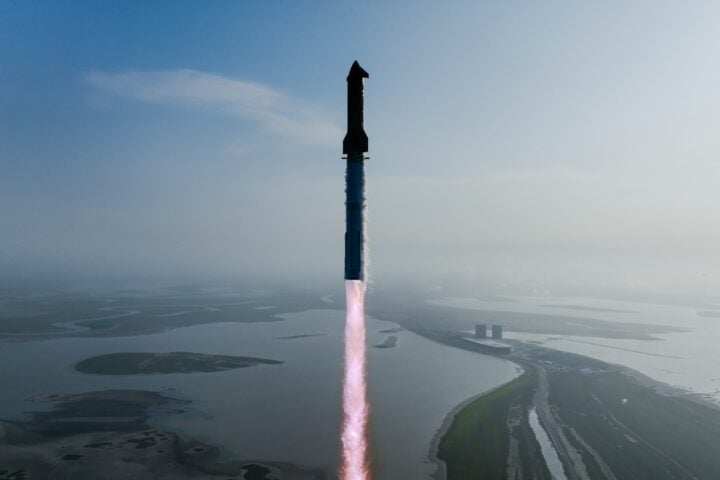Planetary scientist David Jewitt has led an unprecedented observation of the aftermath of NASA’s DART experiment, a high-speed asteroid collision, using the Hubble Space Telescope. This groundbreaking mission involved impacting the asteroid Dimorphos at approximately 14,000 miles per hour with the intention of slightly altering its orbital path.
Post-impact, the Hubble captured images of 37 boulders, ranging from three to 22 feet in size, drifting from the asteroid’s surface at a pace just over half a mile per hour. This surprising phenomenon represents around 0.1% of Dimorphos’ total mass.
Contrary to initial predictions, the boulders weren’t fragmented pieces from the DART impact. Instead, images from DART shortly before the collision showed a landscape scattered with similar boulders. Researchers estimate that the collision dislodged around 2% of Dimorphos’ surface boulders.
These floating boulders also help estimate the DART impact crater’s size, which could measure around 160 feet across the asteroid’s surface.
Dimorphos, often referred to as a “flying rubble pile”, is known for its loosely bound composition of rocky debris and weak gravitational pull. It’s theorized to have formed from material expelled from the larger asteroid Didymos, due to a rapid spin-up or grazing collision with another celestial body.
While the exact ejection mechanism of the boulders remains unknown, hypotheses suggest an ejecta plume or seismic wave from the impact.
The ejected boulders were further studied by the DART and LICIACube teams, using images from LICIACube’s LUKE camera, captured immediately after the impact. The images from the Hubble Space Telescope are amongst the faintest objects ever observed within our solar system.
The DART mission has marked a milestone in space exploration by creating the first-ever intentional collision with an asteroid and the subsequent tracking of ejected debris. The collision’s success significantly altered Dimorphos’ orbit around Didymos by 32 minutes, showing the potential for such techniques to deflect hazardous asteroids from Earth-bound trajectories. The ejected boulders were found to drift away from the asteroid at speeds slightly higher than the escape velocity for the Didymos-Dimorphos system.
Jewitt regards the observation as extraordinary, emphasizing the value in tracking the boulders for essential data on their precise launch trajectories from Dimorphos.
As a testament to humanity’s capability to alter potentially harmful celestial objects’ trajectories, the DART mission’s success goes beyond shifting Dimorphos’ orbit. It provides an opportunity to examine the kinetic effects of such impacts in-depth. Future Hubble observations focusing on tracking these boulders could elucidate their precise ejection paths.
These findings lay the groundwork for the European Space Agency’s forthcoming Hera mission, scheduled to reach the binary asteroid system in late 2026. This mission will offer a more thorough analysis of the DART aftermath, which could be crucial for future asteroid deflection strategies.
The DART mission’s triumph, coupled with Hubble’s revealing observations, sets a strong precedent for the forthcoming Hera mission and future asteroid deflection initiatives.


















